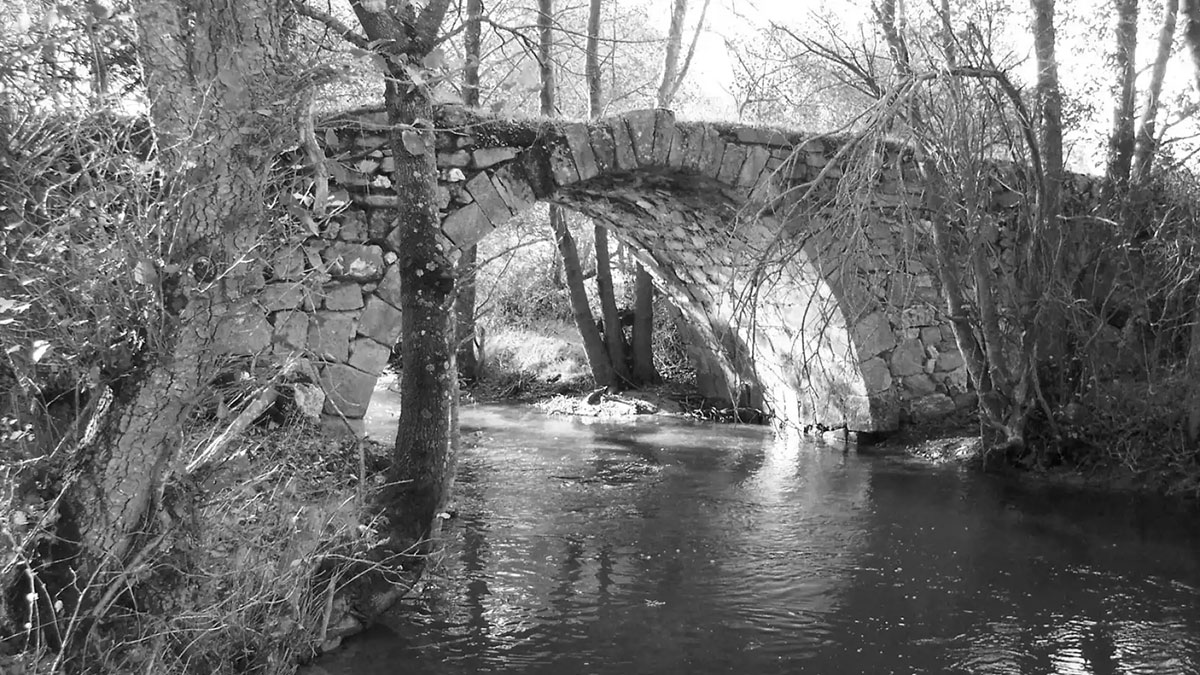What is the secret to the durability of structures built during the Roman Empire? One of the usual answers is that the secret lies in the use of natural materials that are highly resistant to weathering and in a design that is based on the transmission of compressive stresses and therefore avoids those due to tensile stresses, which produce cracks in the long term. However, the reality is more complex.
Indeed, not a single one of the ashlars that currently support the famous Segovia Aqueduct, for example, has withstood the passage of time without intervention; or, to put it another way, none of its pillars or arches is in its original state. On the contrary, historical monuments of its kind have been restored over time, since their initial construction.

Image: elespanol.com
So, many of the famous buildings have been treated with two-component resins reinforced with carbon fibres; or their joints have been restored, either with mortars similar to those used by the Romans, or with state-of-the-art materials. After all, a country’s historical heritage is a highly valuable asset, even if the cost of preserving it is elevated.
In any case, restoration projects are carried out with meticulous care. These include the cataloguing and documentation, using advanced techniques such as ultrasound measurement, of the current state of conservation of the monument and its materials. Depending on the results, the necessary corrective measures are taken. Cleaning, removal of damaging elements, reintegration of missing materials, structural consolidation and aesthetic restoration are just some of these measures.
So, when you see a historic monument, as well as thinking about how well our ancestors built it and how beautiful it is, you should also reflect on how well we are preserving their legacy.
By Jorge Laguna, head of the structures section of Amusement Logic’s Architecture Department.






